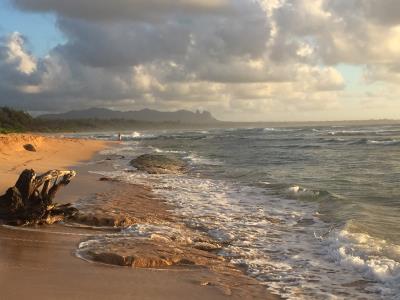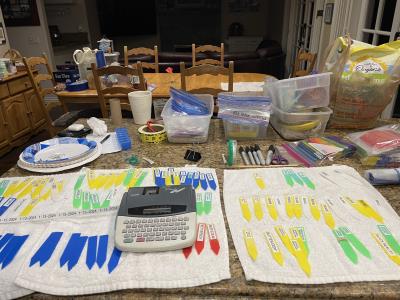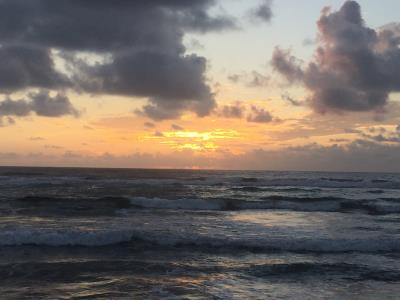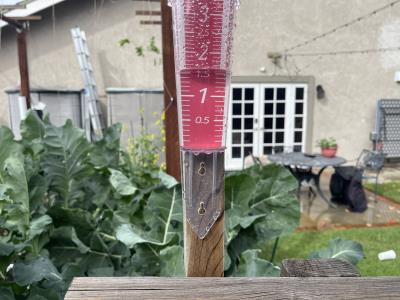




Death Valley National Park – Image Gallery










Death Valley National Park
Death Valley National Park is a desert wilderness known for its extreme heat, stunning sand dunes, and unique geological formations.
Details
Death Valley National Park
Death Valley National Park is located in eastern California and encompasses over 3.4 million acres of desert landscape. It is known for its extreme temperatures, barren salt flats, sand dunes, and rugged mountains. The park is home to a diverse range of plant and animal species that have adapted to the harsh environment.
Features
One of the most iconic features of Death Valley National Park is Badwater Basin, which is the lowest point in North America at 282 feet below sea level. The park also includes the Mesquite Flat Sand Dunes, which are popular for hiking and photography. Other notable features include Zabriskie Point, Dante's View, and the Devil's Golf Course.
Ecological Significance
Despite its harsh conditions, Death Valley National Park supports a surprising amount of biodiversity. The park is home to over 1,000 plant species, many of which are rare or endemic to the region. Wildlife in the park includes desert bighorn sheep, coyotes, kit foxes, and a variety of bird species.
Death Valley National Park is also an important habitat for migrating birds, including waterfowl and shorebirds. The park's unique geology and hydrology create a variety of microclimates that support different plant and animal communities.
Overall, Death Valley National Park is a unique and important ecosystem that is worth preserving for future generations to enjoy and study.
Death Valley National Park
Points of Interest
1. Badwater Basin
Badwater Basin is the lowest point in North America, sitting at 282 feet below sea level. The salt flats stretch for miles, creating a unique and surreal landscape. Visitors can walk out onto the salt flats and take in the vast expanse of the desert.
2. Mesquite Flat Sand Dunes
The Mesquite Flat Sand Dunes are a popular spot for photographers and hikers. The rolling dunes create a beautiful and ever-changing landscape, especially at sunrise and sunset. Visitors can hike through the dunes and enjoy the peaceful desert surroundings.
3. Zabriskie Point
Zabriskie Point offers one of the best views in Death Valley National Park. The colorful badlands and eroded rock formations create a stunning vista, especially at sunrise or sunset. Visitors can hike to the viewpoint and take in the breathtaking scenery.
4. Artist's Palette
Artist's Palette is a colorful geological formation that features rocks in various shades of green, pink, and purple. The vibrant colors are created by different mineral deposits in the rock. Visitors can drive through the area and marvel at the unique and beautiful landscape.
5. Dante's View
Dante's View offers a panoramic view of Death Valley from over 5,000 feet above sea level. The viewpoint provides stunning vistas of the valley floor and surrounding mountains. Visitors can drive or hike to the viewpoint and take in the awe-inspiring scenery.
Death Valley National Park – Images

Description: View near eastern entrance to Death Valley National Park, California.
Image by King of Hearts – CC BY-SA 3.0 – Wikimedia

Description: View near eastern entrance to Death Valley National Park, California.
Image by King of Hearts – CC BY-SA 3.0 – Wikimedia

Description: View on Panamint Butt / Panamint Valley from SR190 (at the end of Death Valley) with flash floods and reflections in the water.
Image by Tuxyso – CC BY-SA 3.0 – Wikimedia

Description: View from Zabriskie Point in Death Valley with Manly Beacon on the right side
Image by Tuxyso – CC BY-SA 3.0 – Wikimedia

Description: Desiccation cracks and Sand Dunes in w:Death Valley National Park
Image by Brocken Inaglory – CC BY-SA 3.0 – Wikimedia

Description: Devil's Golf Course in w:Death Valley National Park.
Image by Brocken Inaglory – CC BY-SA 3.0 – Wikimedia

Description: California State Route 190 near Panamint Springs Resort at the end of Death Valley
Image by Tuxyso – CC BY-SA 3.0 – Wikimedia

Description: Manly Beacon and Red Cathedral viewed from Zabriskie Point, Death Valley National Park, California, USA.
Image by Luca Galuzzi (Lucag) – CC BY-SA 2.5 – Wikimedia

Description: Red Cathedral, Zabriskie Point, Death Valley National Park, California.
Image by King of Hearts – CC BY-SA 3.0 – Wikimedia
Search
Quick Links
New Blog SystemNational Parks (NEW)
National Forests (NEW)
National Monuments (NEW)
National Recreation Areas
State Parks
Bureau of Land Management (BLM) Areas
Wilderness Areas (NEW)
By The Numbers (NEW)
- Populations of all Countries (NEW)
Ideas - Stock Tickers
Running USA Debt Total
